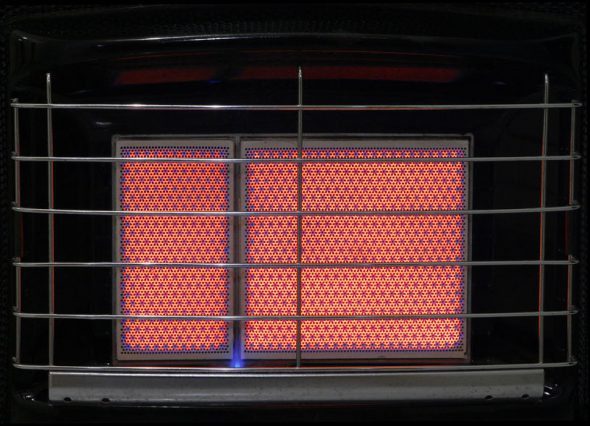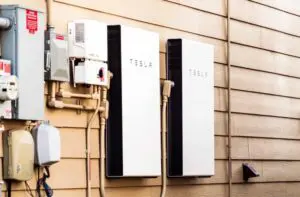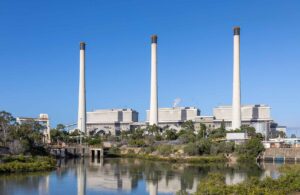
There is lots of debate about ways of providing more gas for southern states, especially Victoria, as supply from Bass Strait declines and capacity of the Longford gas processing plant also falls. There is surprisingly little focus on what drives demand, and what we could do about that. This article unravels some insights.
The Australian Energy Market Operator (AEMO) publishes data on daily Victorian gas consumption and similar data for southern states. It doesn’t publish separate state level daily data for New South Wales and South Australia.
The graphs below show daily demand for direct gas consumption and consumption of gas for electricity generation in Victoria and for other southern states (NSW (including ACT), SA, Tas), derived by subtracting AEMO Victorian data from its overall southern states data.
When both direct gas consumption and gas for electricity generation are combined, peak Victorian winter gas demand is similar to the total for other southern states. So concerns about emerging winter gas shortages also apply to NSW (including ACT) and particularly South Australia.


In extreme cold weather, Victorian gas use (including electricity generation) can be up to four times summer consumption. For other states, peak winter gas consumption is similar to Victoria’s, but with a much higher proportion of gas used for electricity generation. Their overall summer gas consumption is a bit higher than Victoria, with gas-fired electricity for building cooling and higher NSW industrial energy use possibly driving that.
Looking at annual gas consumption, Victorian gas consumption is dominated by residential sector direct gas use while South Australian consumption is dominated by gas-fired electricity generation. Victoria’s high residential and significant commercial gas use and colder climate are consistent with its higher difference between summer and winter gas consumption. South Australia’s high level of annual gas-fired electricity generation, possibly helped by NSW, is consistent with its high winter gas-fired electricity consumption.

It’s obvious, when gas used for electricity generation is included, that peak winter gas demand is much higher than summer across all southern states, not just Victoria, despite NSW’s higher proportional, less seasonal industrial gas demand.
Based on OpenElectricity.org.au data for daily electricity generation, South Australian winter electricity generation relies heavily on gas-fired generation in cold weather.
Australian Energy Statistics data for 2021-22 and 2022-23 shows South Australia used around 40 per cent of southern states gas allocated to electricity generation while NSW used around a quarter, Tasmania used only around 2 per cent and Victoria around a quarter, as shown below.

If you ignore the summer holiday break, industrial gas demand is only 20 to 40 percent higher in winter. But industry worries that its winter gas supply may be limited so voters can keep warm.
High winter gas demand seems to be mainly driven by inefficient heating equipment (both gas and electric) heating thermally inefficient buildings and inefficient electric appliances.
In other work, I have correlated demand for gas against daily average temperatures. I found that, for each daily average degree lower, Victorian overall gas consumption increases by over 60 petajoules per day (5 percent), as shown below.
The correlation between daily temperature and gas used for electricity generation in Victoria is low, because many factors influence demand for gas-fired generation. Data from other years shows higher gas used for electricity generation in cold weather than in 2023, as shown in the earlier graph of 2023 and 2024 Victorian gas consumption.
Correlations between Heating Degree Days (Tullamarine), daily gas use and gas for gas powered generation for 2023.

Only gas and electricity retailers and network operators know exactly who the high consumers are and their locations. Retailers have ongoing billing relationships with them. But they have no incentive to help them to cut their demand for gas and gas-fired electricity.
State government legislation controls energy retailing. Victoria, NSW and South Australia have separately intervened in retail markets, for example to set up energy retailer obligation schemes – VEU, ESS and REPS. This sets a precedent for these governments to use their power to require and/or incentivise gas and electricity retailers to engage with high winter consumers to help them use less gas and gas-fired electricity.
Many high residential and commercial consumers face financial challenges to pay thousand-dollar winter energy bills – see appendices of 2020 Frrontier Economics study for Australian Energy Regulator. It’s likely that many of them have faulty or inefficient appliances and/or thermally disastrous buildings.
It seems obviously sensible policy to target high consumers via energy retailers, who have existing relationships with them. I am bemused as to why governments haven’t been driving this for years.





